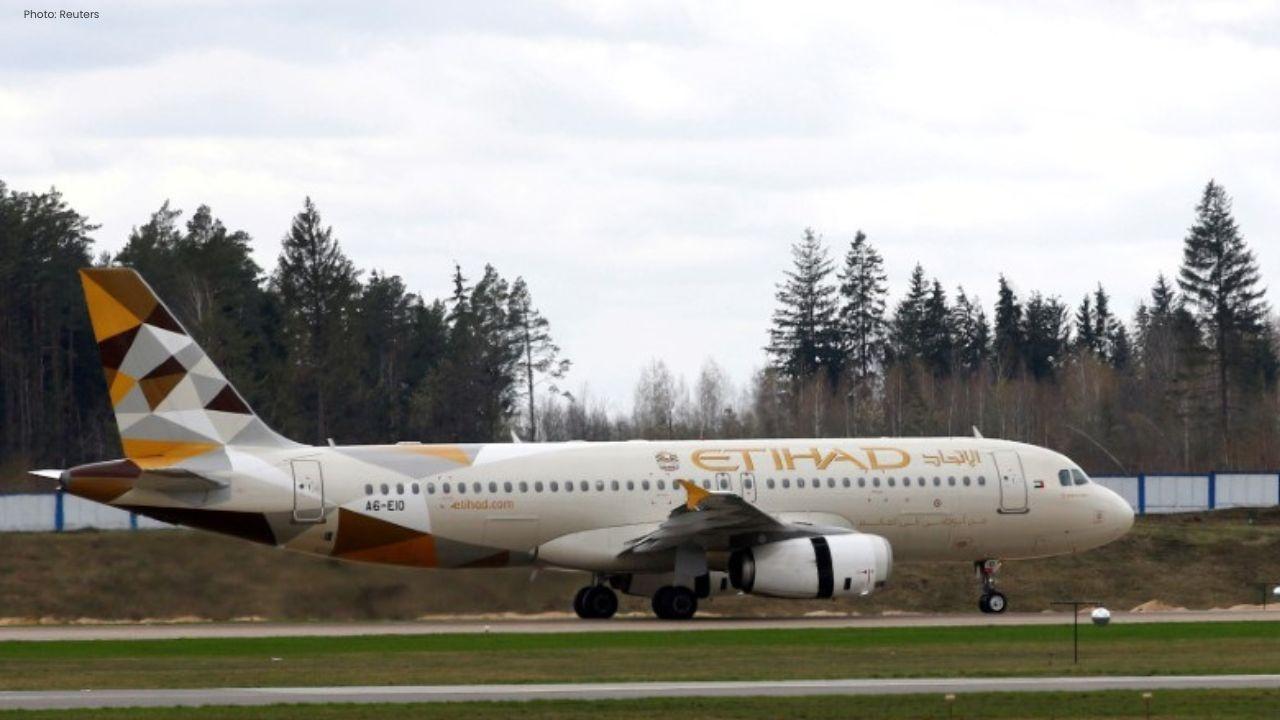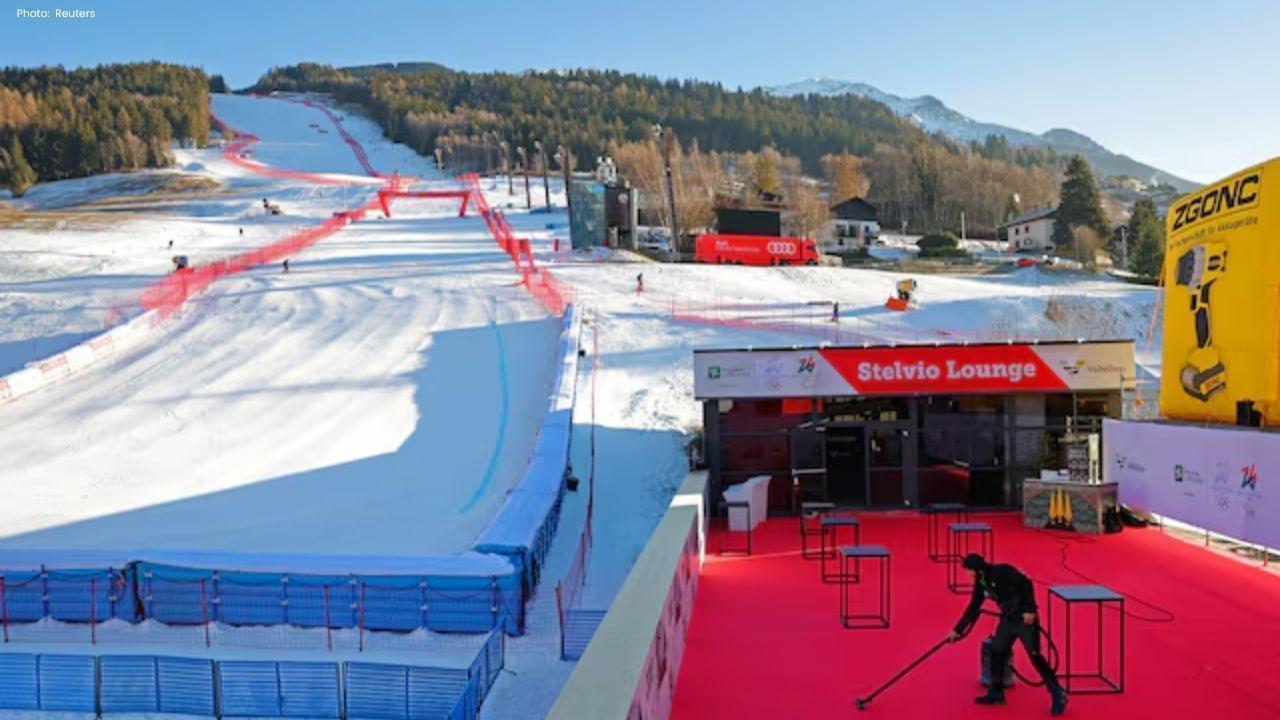
Join 10k+ people to get notified about new posts, news and tips.
Do not worry we don't spam!

Post by : Anis Farhan
Inflight internet has been notoriously inconsistent for travelers. While airport connectivity has improved significantly, skies often lag in speed and reliability. The announcement of Emirates integrating Starlink-powered Wi-Fi has generated considerable excitement throughout the aviation sector.
Starlink, developed by SpaceX, is revolutionizing satellite internet by deploying numerous smaller satellites in low Earth orbit. This innovation promises faster, more stable internet for passengers that mimics ground-level speeds at cruising altitude. Emirates’ decision to utilize this technology heralds a potential revolutionary shift in the inflight connectivity landscape.
This comprehensive article examines the unique approach Starlink brings, reasons behind airlines like Emirates embracing the technology now, what passengers can anticipate from this service, its impact on the competitive environment, and projections for the future of inflight connectivity.
Unlike traditional inflight connectivity that relies on high-altitude geostationary satellites, which often suffer from latency issues, Starlink’s arrangement includes thousands of smaller satellites in low Earth orbit. This design ensures faster and more reliable communication.
One significant advantage of Starlink is its much-reduced latency, making video calling, streaming, and cloud applications much more feasible during flights. For passengers, this translates to substantially smoother video interactions and connectivity during long flights.
Starlink's modern antennas are specifically created to maintain high-speed connections, even at challenging velocities, making it suitable for aviation and various transport sectors. This advancement signifies a break from outdated systems that struggle over large oceans and remote areas.
Today's passengers, particularly business travelers and remote workers, expect seamless internet access throughout their journey. As remote work continues to grow, staying connected while in the air has become essential.
Airlines globally are constantly upgrading their offerings, and inflight Wi-Fi, once a supplementary feature, is now crucial for distinguishing service quality. Emirates, recognized for its premium offerings, sees this partnership as a means to enhance its competitive edge.
Emirates’ extensive routes—including isolated polar routes and oceanic regions with limited connectivity—align perfectly with Starlink's wide coverage, ensuring reliable internet access wherever they fly.
With continuous satellite additions and throughput enhancements, airlines that adopt Starlink early will benefit from ongoing performance improvements without the need for significant hardware upgrades.
Starlink has shown capabilities far exceeding those of legacy systems, offering high-speed internet that enables:
Stable video conferencing
HD streaming for movies and shows
Effortless social media interaction
Efficient cloud work
Quick browsing and email access
These enhancements are set to transform onboard experiences on long-haul journeys.
Traditional systems often yield frustrating connectivity. Starlink's reduced latency improves online responsiveness, resulting in quicker web page loads and smoother communication.
Groups or families traveling together frequently connect multiple devices, and older systems struggle under heavy loads. Starlink's infrastructure can support more users without sacrificing performance.
While Emirates hasn't disclosed Starlink pricing yet, advanced technology could naturally lower costs, potentially introducing tiered pricing where basic access remains complimentary.
Inconsistent inflight connectivity is a frustration for airlines and passengers alike. Starlink's satellite density lessens connectivity gaps, promising seamless service on most air routes.
Adopting new technologies typically occurs in phases, starting with select aircraft or routes. Emirates might first install the system on long-haul planes before a fleet-wide rollout.
To utilize Starlink, specific antenna equipment must be fitted onto the aircraft, tracking satellites dynamically for uninterrupted connections. This adaptation may require scheduled downtime.
While Starlink is likely to become the primary network, Emirates may still incorporate backup systems to ensure robust connectivity.
To guarantee operational safety, Emirates will conduct detailed testing—especially under various conditions, over ocean routes, and during extreme weather events.
When a major airline adopts innovative technology, others typically follow suit. Starlink's entrance into the aviation sector may prompt global airlines to advance their satellite services.
Traditional satellite service providers may feel new competitive pressures to enhance their offerings or improve speed and reliability, potentially sparking industry-wide innovation.
Enhanced inflight Wi-Fi may soon become an expected standard rather than a luxury. Passengers flying with traditional service providers may demand superior connectivity.
Just as premium seating and dining options became marketing strategies, high-speed internet may evolve into a primary selling point for airlines.
For business travelers who must enjoy seamless meetings or meet deadlines, Starlink allows uninterrupted work throughout the flight, redefining travel days.
Reliable connectivity enables virtual meetings and collaborations while flying, minimizing lost time.
Travelers operating across different time zones can maintain alignment with their Teams, thanks to high-speed inflight internet.
Voyagers relying on streaming services instead of onboard entertainment will have greater flexibility. Whether it’s accessing personal libraries or family-friendly options, the internet will function similarly to what they experience at home.
Travelers can easily post updates, share images, or livestream their experiences while airborne.
Passengers can manage logistics for their arrival, update hotel reservations, and coordinate transport effectively in real time.
Fitting new technology onto an entire fleet is a lengthy process, particularly for larger airlines like Emirates.
Although Starlink is more robust than traditional networks, severe weather conditions can still intermittently impact performance.
Airlines must navigate how to monetize or subsidize the service, as the necessary investment for high-speed internet is considerable.
Aviation authorities must authorize the new equipment and its installation, a process that can take time based on region and regulations.
Indeed, and some have already begun. Starlink is in discussions for partnerships with various airlines worldwide. Once a prominent carrier adopts the service, the trend tends to follow quickly among other long-haul airlines that cater to business travelers.
Future advancements may integrate both low Earth and geostationary satellites for enhanced performance.
Enhanced connectivity could enable real-time gaming and cloud-based applications during flights.
Intelligent systems may soon adapt bandwidth usage dynamically, enhancing speeds according to passenger requirements.
Beyond passengers, airlines can leverage improved connectivity for:
Predictive maintenance
Real-time aircraft monitoring
Optimized cockpit and operational data
The incorporation of Starlink inflight connectivity by Emirates signifies a notable advancement in aviation technology. After years of tolerating unreliable inflight Wi-Fi, passengers could soon experience an internet service akin to ground standards.
This development will redefine travel comfort, productivity, and enjoyment. Enabling real-time interactions and effortless streaming, the flying experience is set for a transformation. Though challenges lie ahead, the future looks decidedly digital, connected, and powerful for air travel.
The content herein is for informational purposes and does not reflect official airline policy. Passengers should consult airline communications for confirmed service details.










PTPA Approaches Resolution with Tennis Australia on Player Issues
The PTPA is nearing a resolution with Tennis Australia regarding player welfare concerns as the 2026

Mushfiqur Rahim Achieves Century in His 100th Test Against Ireland
In his 100th Test match, Mushfiqur Rahim scored a century, becoming the 11th player in cricket histo

Rishabh Pant to Lead India as Shubman Gill Misses Second Test
Shubman Gill is sidelined due to injury. Rishabh Pant steps in as captain for the crucial second Tes

Italy Advances to Davis Cup Semi-Finals After Victory Over Austria
Italy triumphed 2-0 over Austria, moving to the Davis Cup semi-finals against Belgium on November 21

Mandatory Neck Guards for Ice Hockey at the 2026 Milano Cortina Olympics
Following a tragic incident, IIHF mandates neck guards for ice hockey at the 2026 Olympics to enhanc

Wallstedt Shines as Wild Edge Hurricanes 4-3
Minnesota's Jesper Wallstedt made 42 saves, leading the team to a 4-3 shootout victory over Carolina